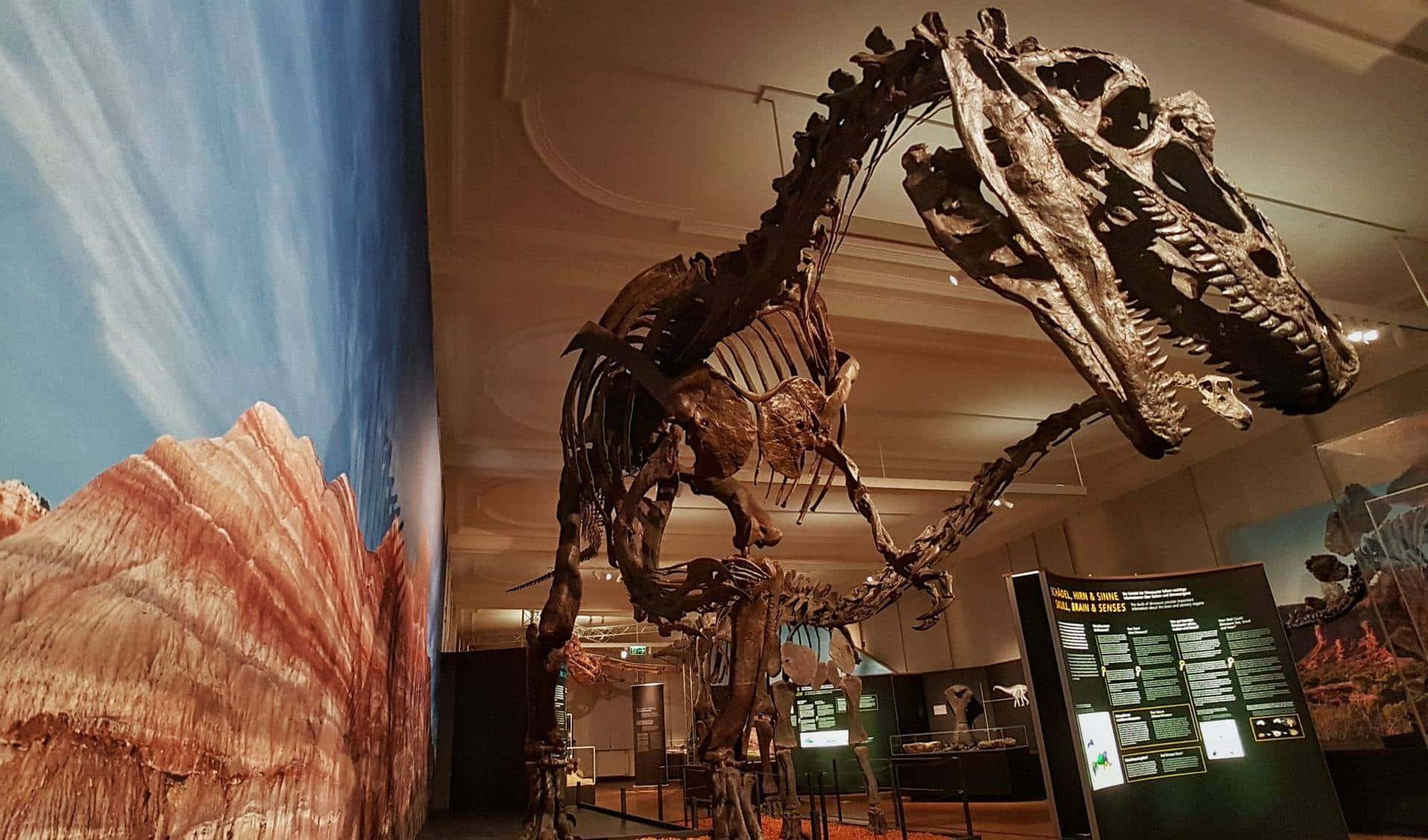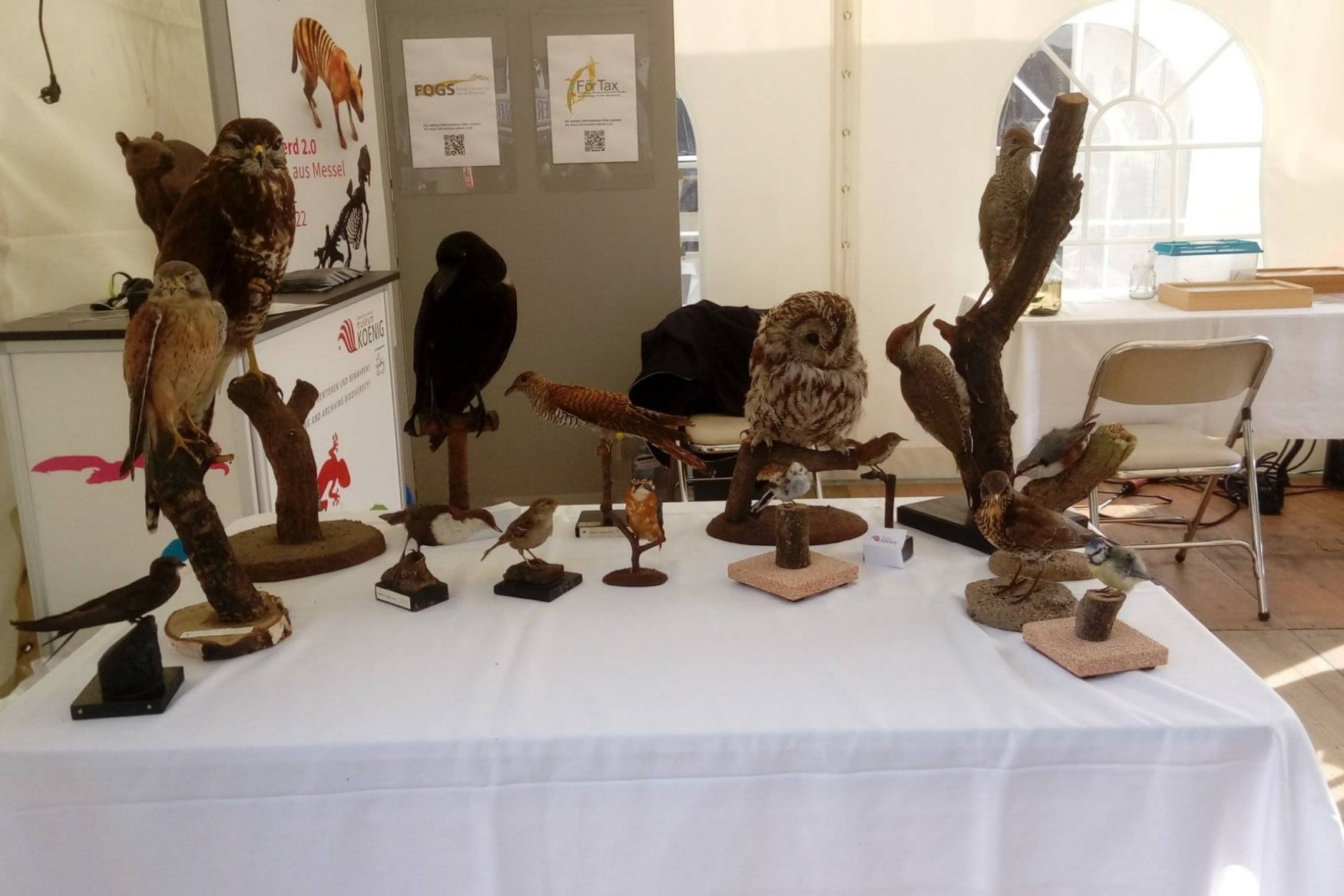Museum Koenig, officially known as the Zoological Research Museum Alexander Koenig, stands as a cornerstone of natural history research in Germany. Located on Bonn's prestigious Museumsmeile, this institution has captivated visitors since its inception in 1912. As one of the country's most significant natural history museums, it is a hub for biodiversity research, species conservation, and public education.
The museum's rich collections and innovative exhibits offer a unique window into the fascinating world of zoology and ecology. From its role in post-war German history to its cutting-edge research facilities, the museum remains a vital center for scientific discovery and environmental awareness. Visitors of all ages can embark on an exciting journey through Earth's diverse ecosystems, making Museum Koenig an essential stop for anyone interested in the wonders of the natural world.
Highlights
- Extensive collection of over 5 million zoological specimens
- Interactive exhibits showcasing global biodiversity
- Historical significance as the birthplace of the German Federal Republic
Contents
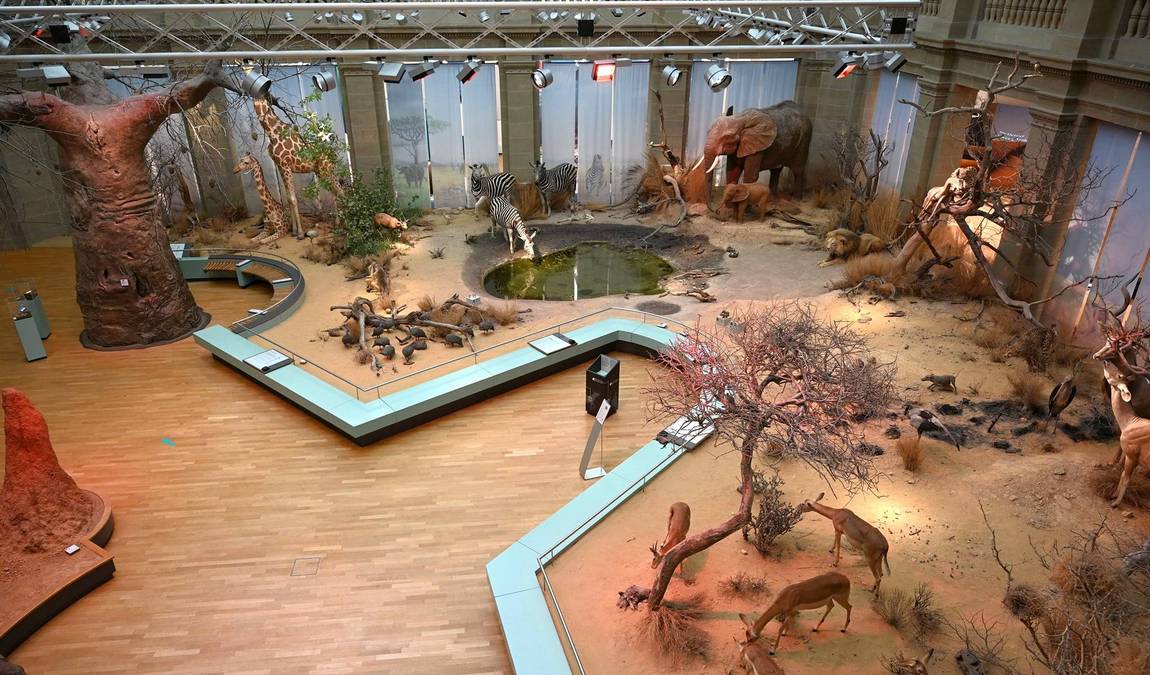 Photo: facebook.com/MuseumKoenig
Photo: facebook.com/MuseumKoenig
Here is Why Your Kids Will Find it Interesting
Museum Koenig is worth visiting with kids aged 5-15 due to its engaging and immersive exhibits. Children will be captivated by the lifelike dioramas, especially the African savanna display featuring elephants at a watering hole and a jaguar with its prey. The museum's interactive elements, such as telescopes that bring exhibits to life, appeal to young curious minds.
Kids can explore diverse habitats, from tropical rainforests to Arctic landscapes, fostering a sense of wonder about the natural world. The museum's focus on biodiversity and conservation also provides valuable educational experiences for young environmentalists.
Family-friendly features
- Interactive "Savannah" exhibit with theatrical elements
- "World of Birds" display featuring a condor with a 3-meter wingspan
- Educational workshops tailored for different age groups
Exploring the Museum's Collections
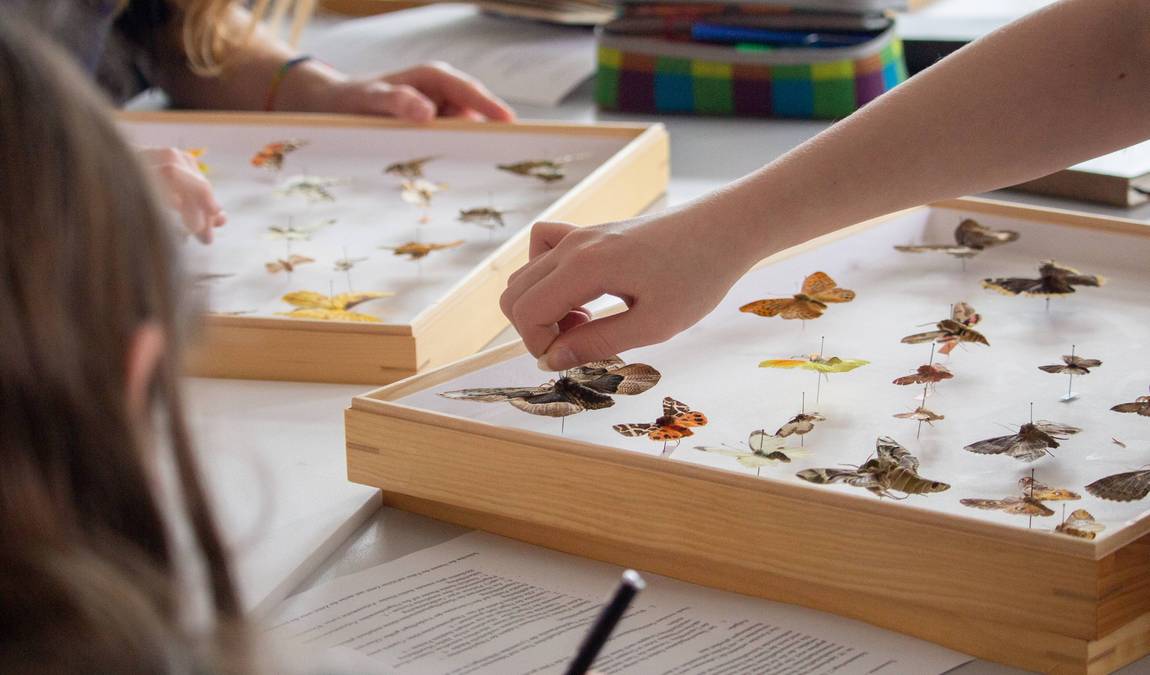 Photo: facebook.com/MuseumKoenig
Photo: facebook.com/MuseumKoenig
The Zoological Research Museum Alexander Koenig (ZFMK) houses an impressive array of scientific collections:
- Entomology: Vast insect collections, including:
- Lepidoptera (butterflies and moths)
- Trichoptera (caddisflies)
- Other arthropod groups
- Vertebrates: Extensive collections of:
- Mammals
- Birds
- Reptiles
- Amphibians
- Fish
- Type Specimens: Crucial for taxonomic research, including:
- Holotypes
- Lectotypes
- Neotypes
- Syntypes
- Paratypes
The museum's focus on biodiversity research and species conservation is evident in its comprehensive databases and research projects. Notable initiatives include:
- GloBIS (Global Butterfly Information System)
- GlobInG project (focusing on Geometridae moths)
These collections serve as invaluable reference sources for researchers worldwide, contributing to our understanding of global biodiversity and supporting conservation efforts.
Permanent Exhibitions
Its flagship permanent exhibition, "Our Blue Planet - The Living Network," offers visitors an immersive journey through Earth's major ecosystems. This captivating showcase is designed to be both educational and engaging, utilizing state-of-the-art display techniques and interactive elements to appeal to visitors of all ages.
African Savanna
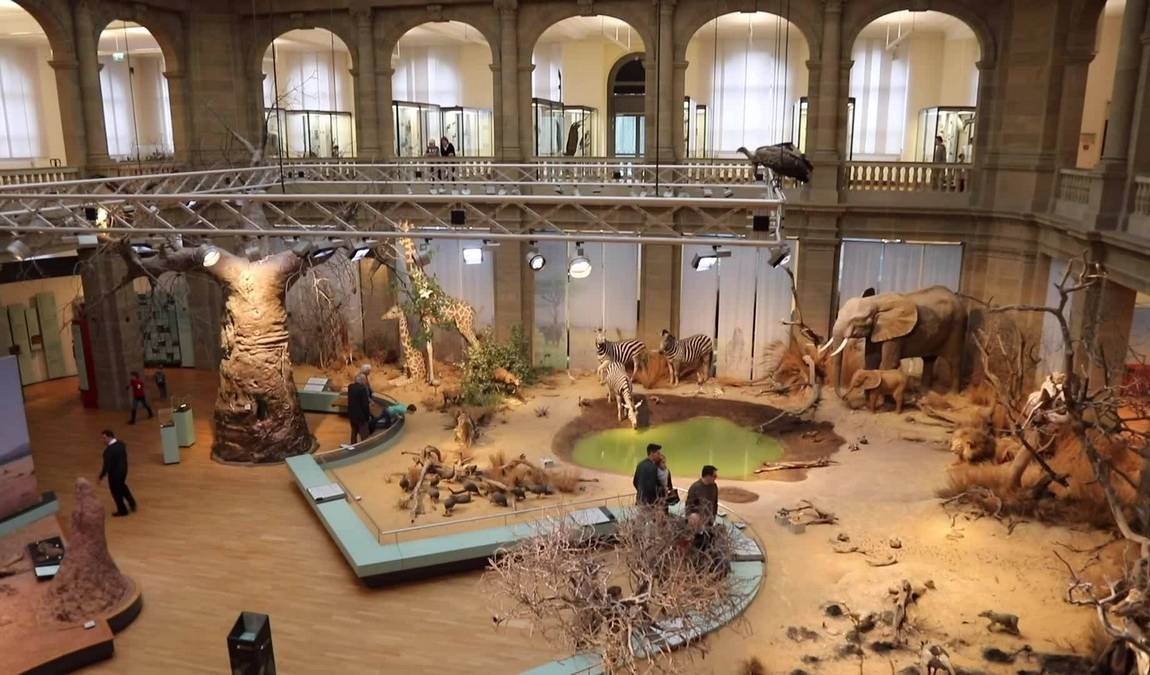 Photo: facebook.com/MuseumKoenig
Photo: facebook.com/MuseumKoenig
The African Savanna exhibit stands as a centerpiece, featuring a realistic recreation of a watering hole. Life-sized elephant displays dominate the scene, while carefully crafted dioramas showcase predator-prey interactions. This section vividly brings to life the complex relationships between different species in this iconic habitat.
Rheinaue Leisure Park is 2.7 kilometres away. Plan a family outing there too.
Tropical Deserts
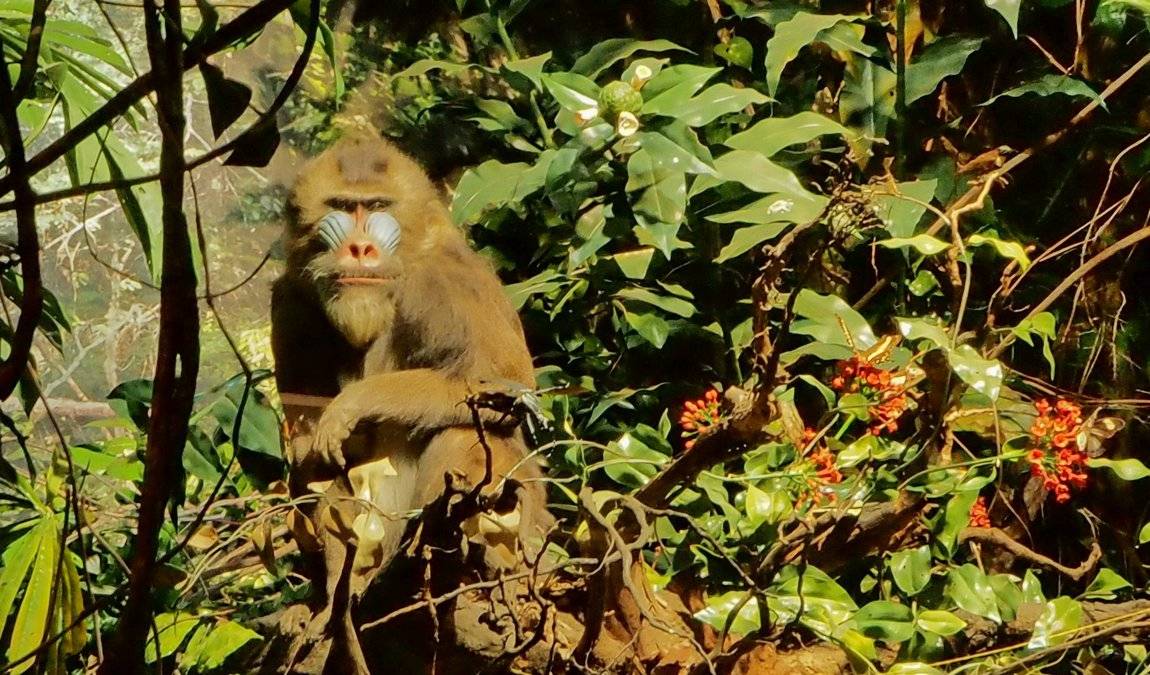 Photo: facebook.com/MuseumKoenig
Photo: facebook.com/MuseumKoenig
Moving through the exhibition, visitors encounter the Tropical Deserts area. Here, the focus shifts to the remarkable adaptations of desert-dwelling species. Displays highlight the unique flora and fauna that have evolved to thrive in these arid environments, offering insights into nature's resilience.
Polar Ice World
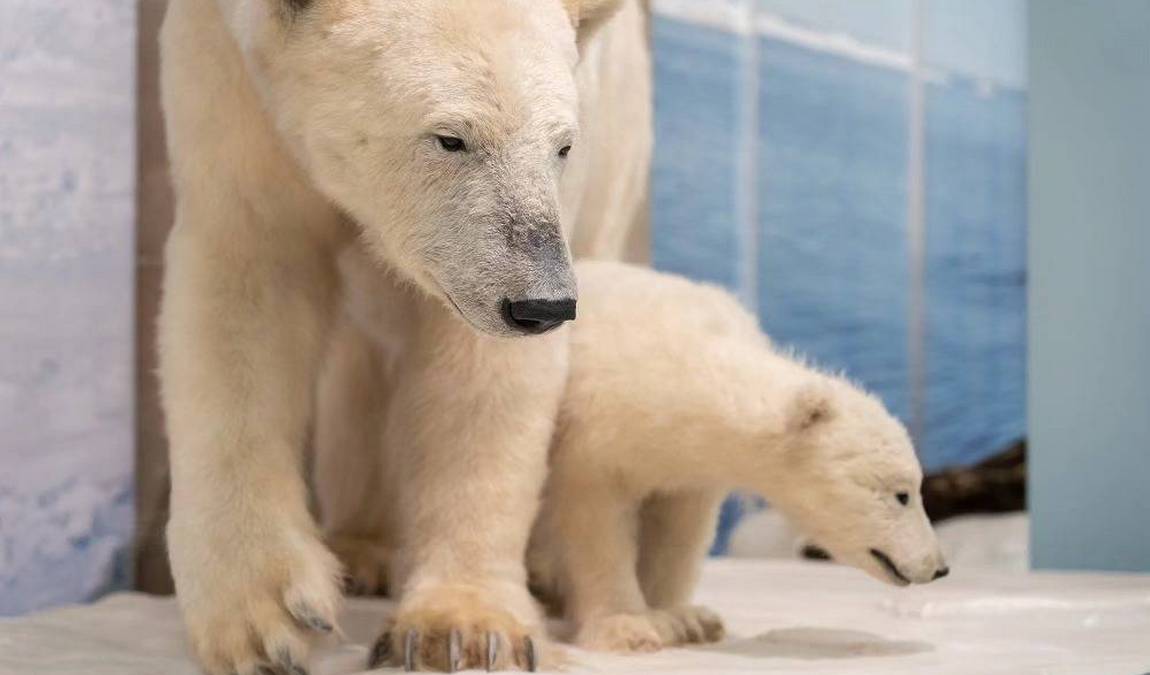 Photo: facebook.com/MuseumKoenig
Photo: facebook.com/MuseumKoenig
The Polar Ice World exhibit transports visitors to the Arctic and Antarctic ecosystems. This section not only showcases the distinctive wildlife of these regions but also draws attention to the impacts of climate change on these fragile environments. Interactive displays help visitors understand the delicate balance of polar ecosystems.
Central European Ecosystems
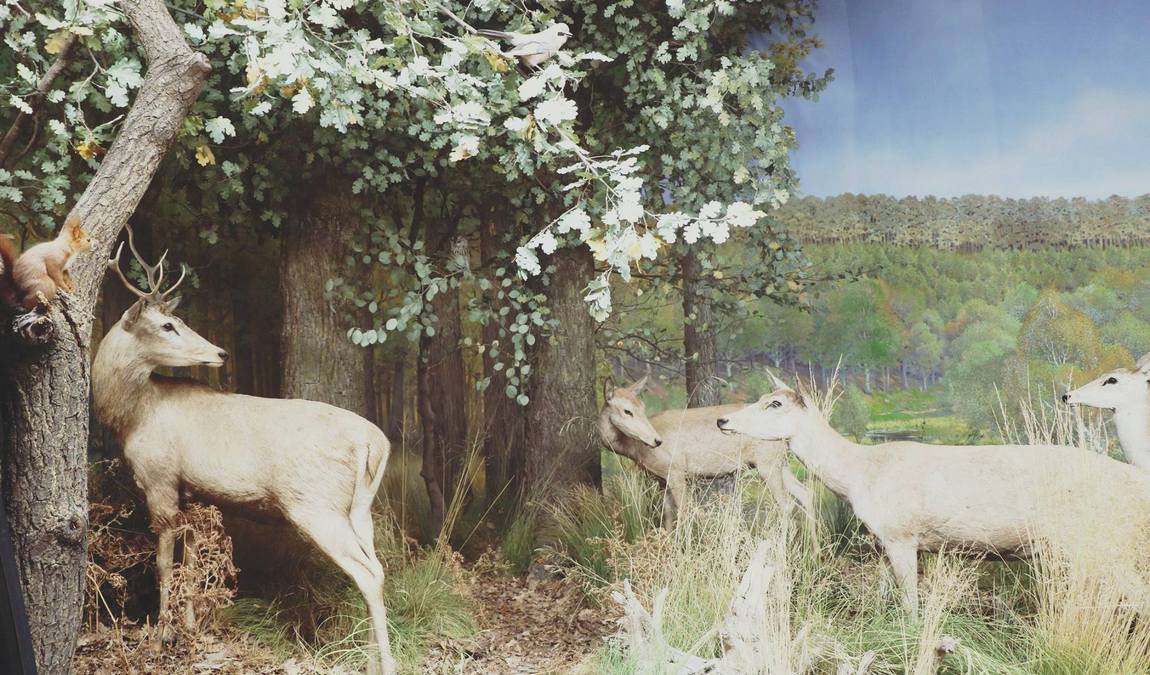 Photo: facebook.com/MuseumKoenig
Photo: facebook.com/MuseumKoenig
Bringing the focus closer to home, the Central European Ecosystems section explores local biodiversity. This area highlights the wide variety of species in familiar surroundings and addresses the conservation challenges in urban environments. It is a powerful reminder of preserving biodiversity in our immediate surroundings.
Museum Koenig provides a comprehensive overview of global ecosystems through these diverse and detailed exhibits, fostering a deeper understanding and appreciation of our planet's biodiversity. elements to engage visitors of all ages.
Research and Education
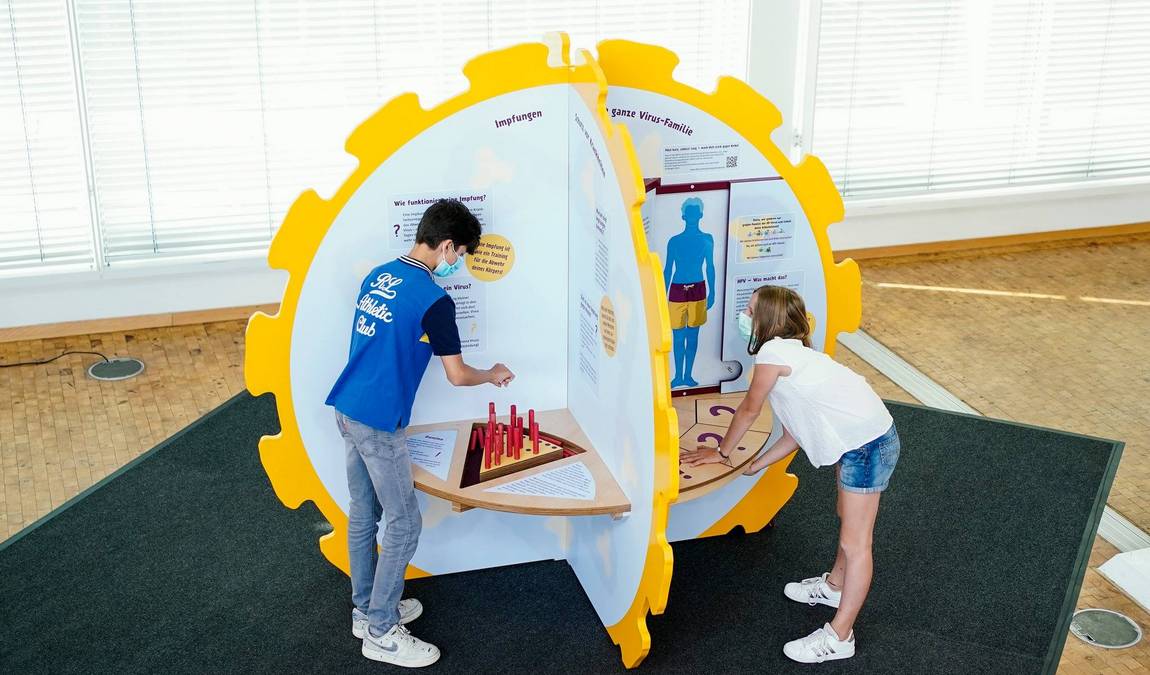 Photo: facebook.com/MuseumKoenig
Photo: facebook.com/MuseumKoenig
Museum Koenig's role extends beyond public exhibitions, serving as a crucial research institution. Its close affiliation with the University of Bonn fosters academic collaboration and student engagement, creating a vibrant environment for learning and discovery. As part of the Leibniz Association, the museum operates as the Leibniz Institute for Animal Biodiversity, contributing to cutting-edge research in various fields. These include taxonomy and systematics studies, evolutionary biology investigations, and biogeography and ecology research.
The museum's commitment to public education is evident in its numerous initiatives. Interactive exhibits are designed for hands-on learning, allowing visitors to engage directly with scientific concepts. Educational workshops cater to school groups, providing tailored experiences that complement classroom learning. Additionally, the museum spearheads citizen science projects, engaging the public in biodiversity monitoring and fostering a sense of environmental stewardship.
Scientific exchange is another cornerstone of Museum Koenig's activities. The institution regularly hosts conferences and collaborates with international researchers, facilitating knowledge sharing and contributing to global biodiversity research. Through these diverse activities, Museum Koenig is vital in advancing scientific understanding and promoting public awareness of biodiversity and conservation issues.
Best Time to Visit
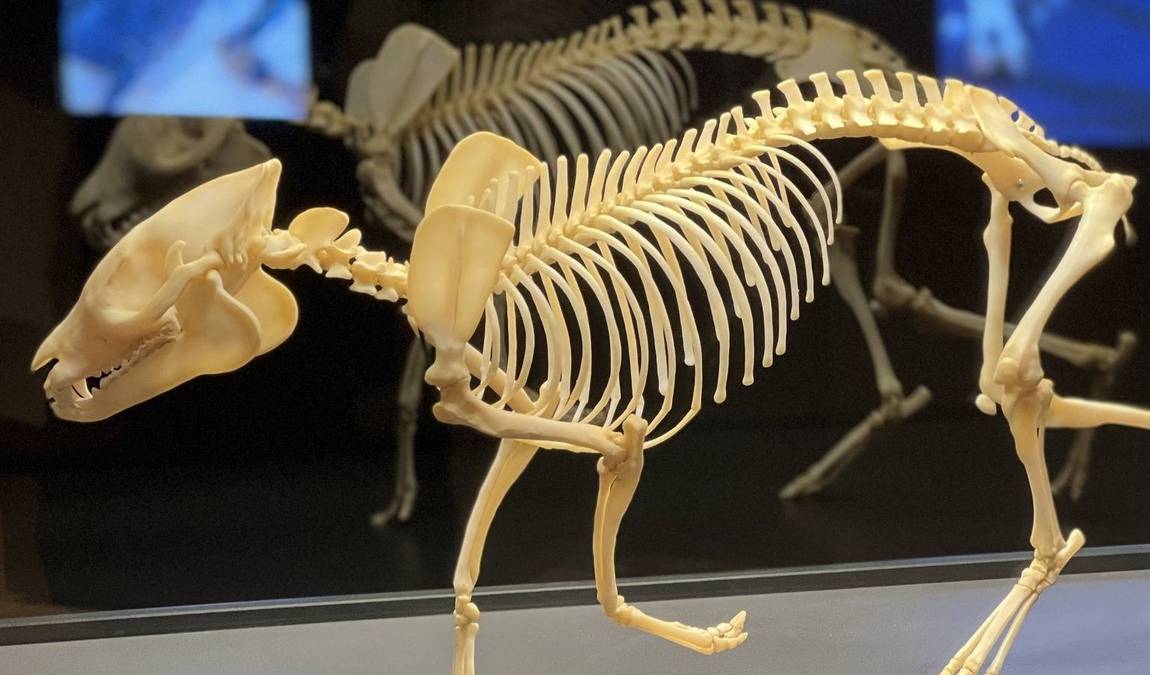 Photo: facebook.com/MuseumKoenig
Photo: facebook.com/MuseumKoenig
The best time to visit Museum Koenig with children is during weekends or school holidays, preferably in the morning when young minds are fresh and the museum is less crowded. Wednesdays extend until 9 PM, which is ideal for families with older children. Special events and temporary exhibitions often run during summer, adding extra appeal for young visitors.
Recommended Duration: A typical visit lasts 2-3 hours, allowing ample time to explore the main exhibits and participate in interactive activities.
Our Recap
Museum Koenig offers a unique blend of scientific research, historical significance, and interactive learning experiences. Its commitment to biodiversity research and public education makes it an invaluable resource for academics and casual visitors.
The museum's engaging exhibits and family-friendly features ensure that visitors of all ages can discover the wonders of the natural world while gaining insights into crucial conservation issues. As a cornerstone of Bonn's cultural landscape, Museum Koenig continues to inspire curiosity and environmental awareness in new generations.


